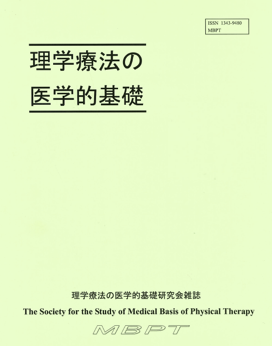Volume 12, Issue 2
Displaying 1-4 of 4 articles from this issue
- |<
- <
- 1
- >
- >|
-
2009 Volume 12 Issue 2 Pages 5-8
Published: 2009
Released on J-STAGE: September 28, 2018
Download PDF (3322K) -
2009 Volume 12 Issue 2 Pages 9-14
Published: 2009
Released on J-STAGE: September 28, 2018
Download PDF (4455K) -
2009 Volume 12 Issue 2 Pages 15-19
Published: 2009
Released on J-STAGE: September 28, 2018
Download PDF (4238K)
-
2009 Volume 12 Issue 2 Pages 20-26
Published: 2009
Released on J-STAGE: September 28, 2018
Download PDF (5930K)
- |<
- <
- 1
- >
- >|
